Related Research Articles

Otto Staudinger was a German entomologist and a natural history dealer considered one of the largest in the world specialising in the collection and sale of insects to museums, scientific institutions, and individuals.
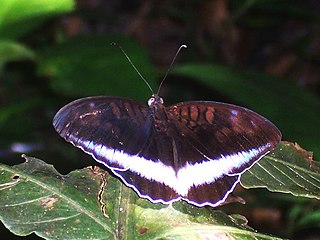
The Limenitidinae are a subfamily of butterflies that includes the admirals and relatives. The common names of many species and genera reference military ranks or – namely the Adoliadini – titles of nobility, in reference to these butterflies' large size, bold patterns, and dashing flight. In particular, the light stripe running lengthwise across the wings of many Limenitidini has reminded earlier authors of officers' shoulder marks and epaulets.
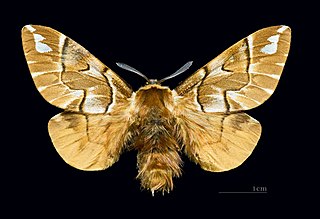
Endromidae is a family of moths. It was long considered to be a monotypic family, containing just one species, the Kentish glory, Endromis versicolora, found throughout the Palaearctic region. The family now consists of several genera and about 30 species, all former members of the family Bombycidae.
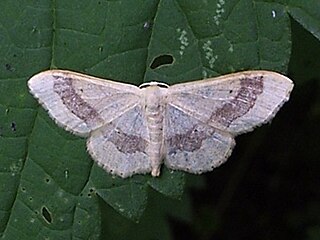
Idaea, sometimes called Hyriogona, is a large genus of geometer moths. It was erected by Georg Friedrich Treitschke in 1825. They are found nearly worldwide, with many native to the Mediterranean, the African savannas, and the deserts of western Asia.
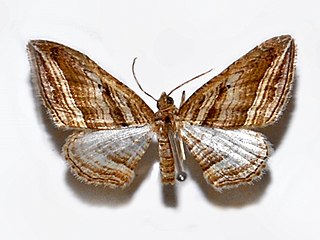
Scotopteryx is a genus of moths of the family Geometridae described by Jacob Hübner in 1825. It is suspected that some species currently placed here actually belong in Entephria.
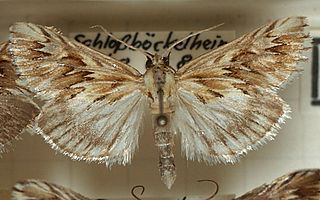
Cynaeda is a genus of moths of the family Crambidae.

Evergestis is a genus of moths of the family Crambidae described by Jacob Hübner in 1825. A number of species are pests, including the cross-striped cabbageworm, a pest of cole crops such as cabbage.
Titanio is a genus of moths of the family Crambidae.

Cucullia is a genus of moths of the family Noctuidae.

Dichagyris is a genus of moths of the family Noctuidae. The former genera Loxagrotis, Pseudorichia, Pseudorthosia and Mesembragrotis are now considered subgenera of Dichagyris. From Greek dikha-gyris 'apart, asunder; double' + 'the finest meal or flour'; English pronunciation: /digh-kuh-JIGH-riss/, IPA [dɑj•kə'dʒɑ

Drasteria is a genus of moths in the family Erebidae.

Rhodostrophia is a genus of moths in the family Geometridae erected by Jacob Hübner in 1823.

Zelleria is a genus of moths of the family Yponomeutidae.
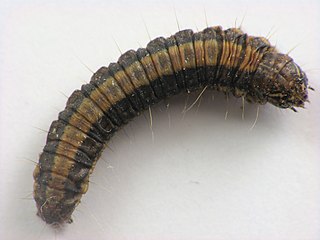
The Epipaschiinae are a subfamily of snout moths. Almost 600 species are known today, which are found mainly in the tropics and subtropics. Some occur in temperate regions, but the subfamily is apparently completely absent from Europe, at least as native species. A few Epipaschiinae are crop pests that may occasionally become economically significant.
Noctuides melanophia is a species of snout moth, and the type species in the genus Noctuides. It was described by Staudinger in 1892, and is known from Russia, Japan and Malaysia.

Dyspessa is a genus of moths belonging to the family Cossidae. It was described by Jacob Hübner in 1820.
References
- ↑ "GlobIZ search". Global Information System on Pyraloidea. Retrieved June 8, 2017.
| This Epipaschiinae-related article is a stub. You can help Wikipedia by expanding it. |